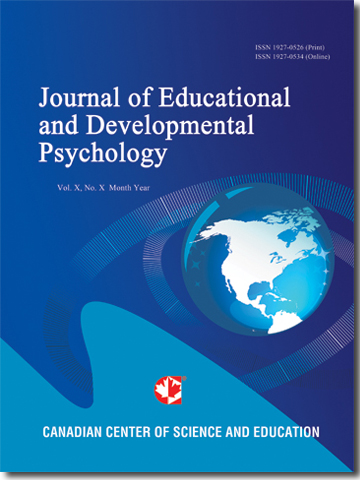The Roles of School Readiness and Poverty-Related Risk for 6th Grade Outcomes
- Emily Pressler
- C. Cybele Raver
- Allison H. Friedman-Krauss
- Amanda Roy
Abstract
Low-income students are at increased risk for grade retention and suspension, which dampens their chances of high school graduation, college attendance, and future success. Drawing from a sample of 357 children and their families who participated in the Chicago School Readiness Project, we examine whether greater exposure to cumulative poverty-related risk from preschool through 5th grade is associated with greater risk of student retention and suspension in 6th grade. Logistic regression results indicate that exposure to higher levels of cumulative risk across the elementary school years is associated with students’ increased risk of retention in 6th grade, even after controlling for child school readiness skills and other covariates. Importantly, findings of the association between average cumulative risk exposure and student suspension are more complex; the role of poverty-related risk is reduced to non-significance once early indicators of child school readiness and other covariates are included in regression models. While, children’s early externalizing behavior prior to kindergarten places children at greater risk of suspension 7 years later, children’s higher levels of internalizing behaviors and early math skills are associated with significantly decreased risk of suspension in the 6th grade. Together, findings from the study suggest the complex ways that both early school readiness and subsequent exposure to poverty-related risk may both serve as compelling predictors of children’s likelihood of “staying on track” academically in the 6th grade.
- Full Text:
 PDF
PDF
- DOI:10.5539/jedp.v6n1p140
Journal Metrics
(The data was calculated based on Google Scholar Citations)
1. Google-based Impact Factor (2021): 1.11
2. h-index (December 2021): 29
3. i10-index (December 2021): 87
4. h5-index (December 2021): N/A
5. h5-median (December 2021): N/A
Index
- Academic Journals Database
- CNKI Scholar
- Copyright Clearance Center
- CrossRef
- Elektronische Zeitschriftenbibliothek (EZB)
- EuroPub Database
- Excellence in Research for Australia (ERA)
- Harvard Library
- Jisc Library Hub Discover
- JournalSeek
- JournalTOCs
- LIVIVO (ZB MED)
- LOCKSS
- MIAR
- Open Access Journals Search Engine(OAJSE)
- PKP Open Archives Harvester
- Publons
- ROAD
- Scilit
- SHERPA/RoMEO
- Standard Periodical Directory
- Stanford Libraries
- Technische Informationsbibliothek (TIB)
- UCR Library
- UoB Library
- WorldCat
- Zeitschriften Daten Bank (ZDB)
Contact
- Carol WongEditorial Assistant
- jedp@ccsenet.org
